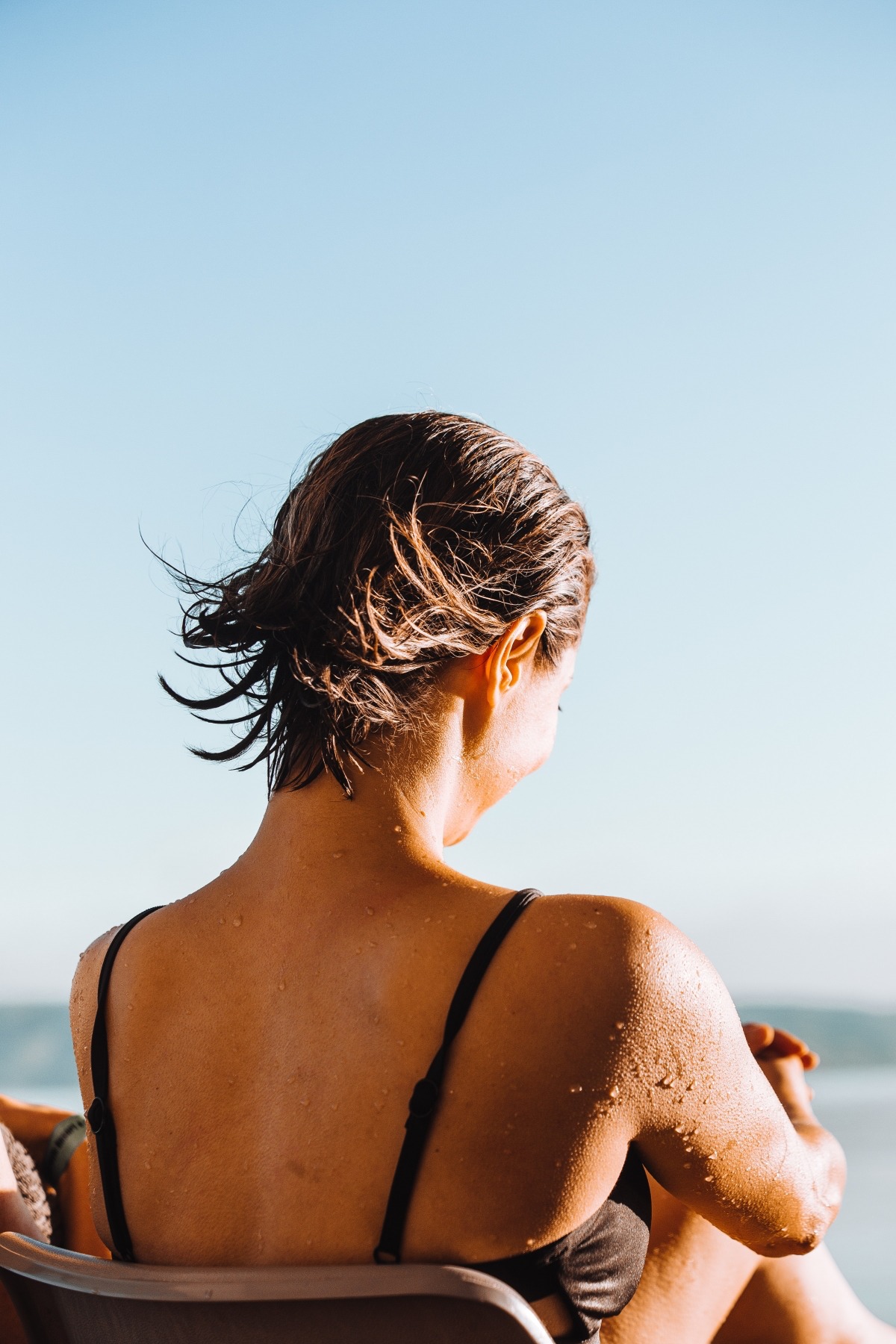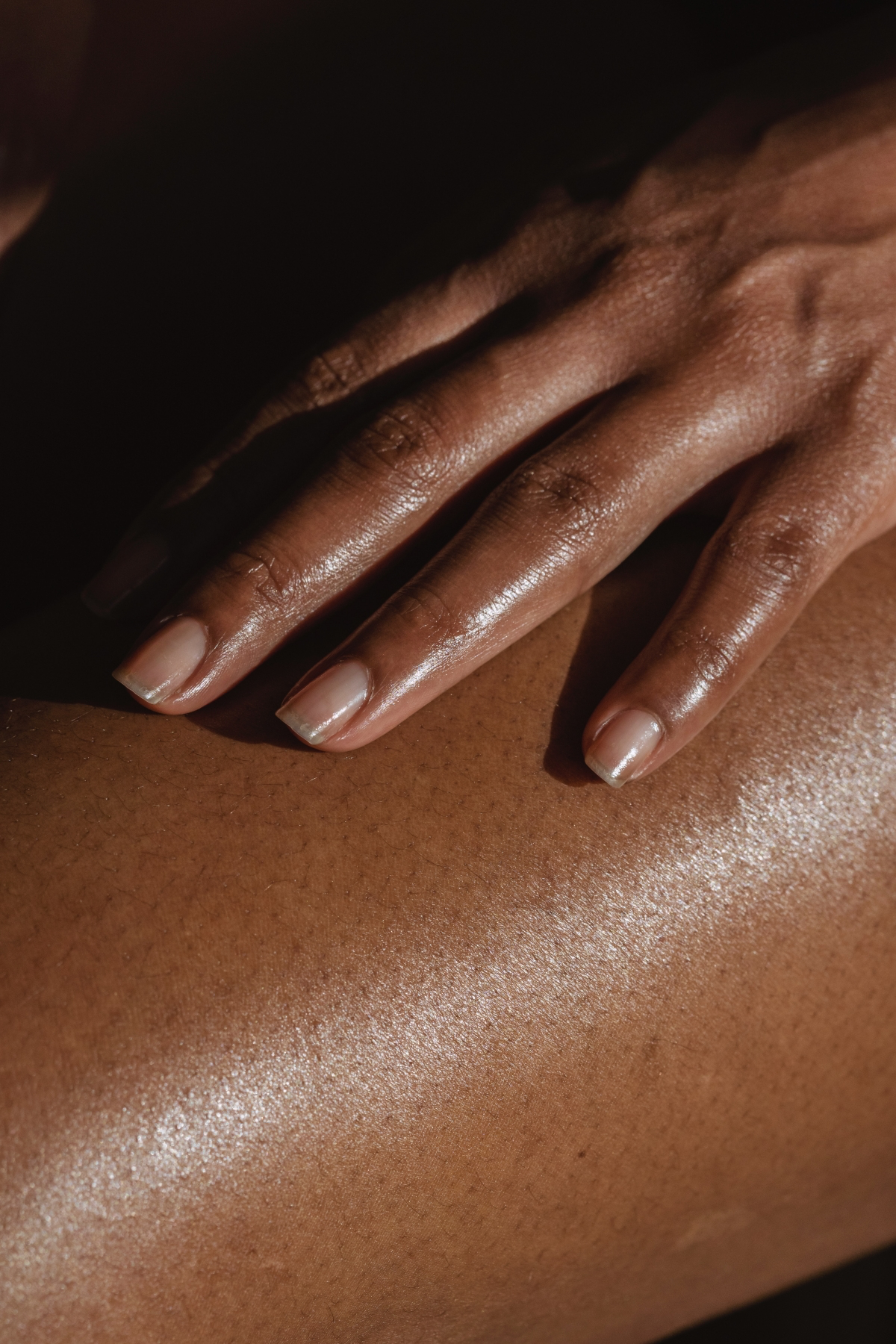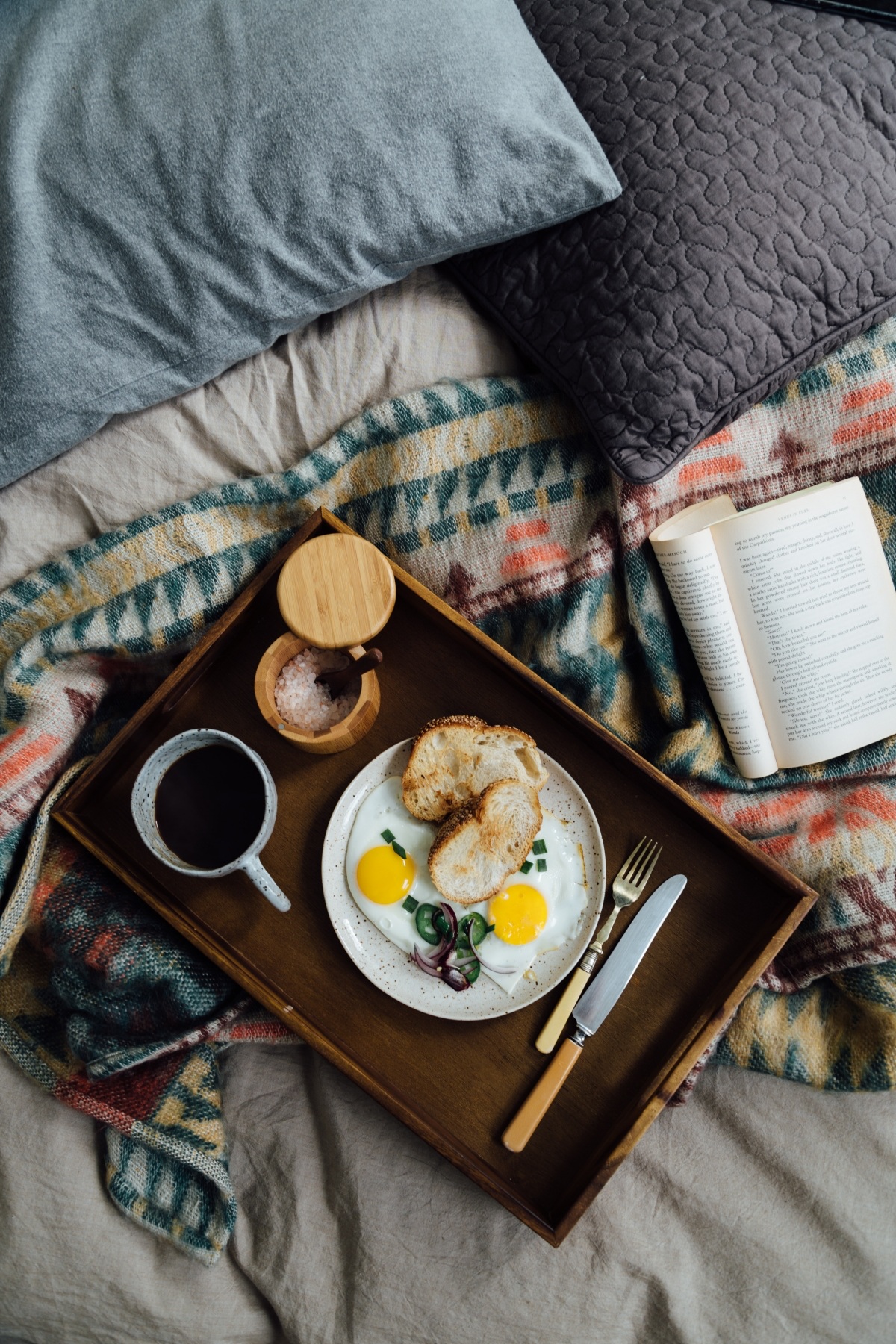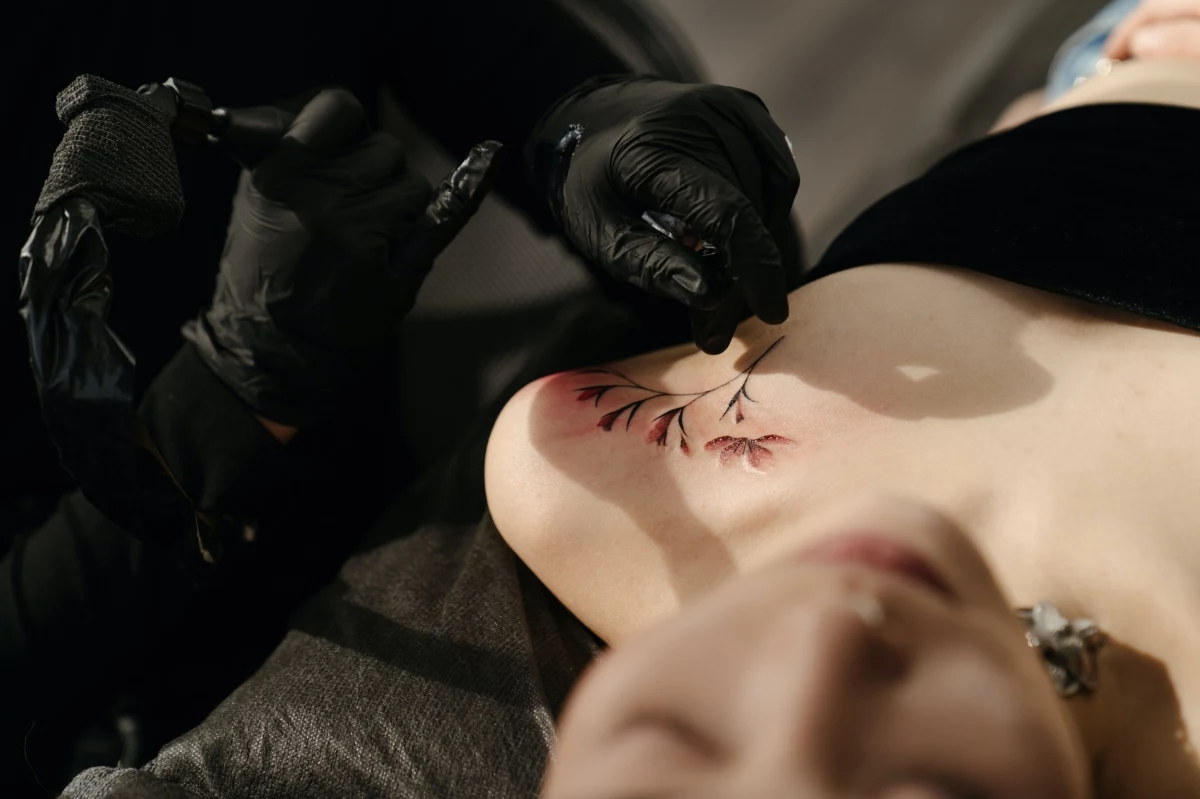Don’t Just Show Up: How to Actually Prep for Your Tattoo Session
Over the years, I’ve seen it all in the tattoo chair. I’ve had clients sit like a rock for a full day and others who are tapping out after thirty minutes. And honestly, the difference often comes down to what they did before they ever walked into the studio. A tattoo is a team effort. You bring the canvas—your skin—and the artist brings the design. The better you prepare that canvas, the smoother the process and the better the final art will be. It’s a simple truth I share with every client.
In this article
- First, A Quick Science Class: What’s Happening to Your Skin?
- One to Two Weeks Out: Building Your Foundation
- The 48 Hours Before: The Final, Critical Steps
- Game Day: Setting Yourself Up for Success
- Let’s Talk About Pain (and Numbing Cream)
- The Business Side: Money, Deposits, and Tipping
- When to Reschedule: Be Honest!
- Inspirational Gallery
A lot of people think prepping is just about gritting your teeth through the pain. But it’s so much more than that. Good prep work actually affects how your skin takes the ink, how quickly you heal, and how sharp your tattoo looks down the road. This isn’t about some secret hack; it’s just about working with your body, not against it. So, I want to share the same advice I give my own clients to help you have the best experience possible.

First, A Quick Science Class: What’s Happening to Your Skin?
To understand why you should prep, it helps to know what’s going on when you get tattooed. Your skin isn’t just a flat sheet; it’s an organ with layers. We’re mostly concerned with the top two: the epidermis and the dermis.
The epidermis is the outer layer you see, and it’s constantly shedding and renewing itself. Below that is the dermis, which is the sweet spot where the ink needs to live. The dermis is stable, filled with collagen, nerves, and blood vessels. It doesn’t shed like the top layer, which is why tattoos are permanent. The ink particles are essentially too big for your body’s cleanup crew (your white blood cells) to haul away, so they get locked into the dermis.
This is why healthy skin is a game-changer. Think of it this way: a dry, dehydrated dermis is like trying to draw on cracked, hard soil. It’s tough, the ink doesn’t go in evenly, and the result can be patchy. But well-hydrated, healthy skin? That’s like a perfectly primed canvas. The needles glide in, the ink deposits cleanly, and the lines come out crisp. That’s the ‘why’ behind all the advice that follows.

One to Two Weeks Out: Building Your Foundation
Your prep shouldn’t start the night before. Seriously. The best results come from giving yourself a week or two to get your skin in prime condition. This is your foundation-building phase.
Drink Your Water. No, Really.
I can usually tell how hydrated a client is just by the first pass of the needle. Dehydrated skin is tight and less elastic, making it resistant. Hydration plumps up the skin cells, making them way more receptive to ink. Try to aim for 2-3 liters of water a day for the week leading up to your session. It might feel like a lot, but chugging a bottle right before your appointment is too little, too late. Consistent hydration makes a world of difference for your comfort and the final quality of the lines.
Start a Simple Skincare Routine
You can seriously improve your skin’s texture with a little daily care. For about a week, start moisturizing the area you’re getting tattooed once or twice a day. You don’t need some fancy, expensive cream. A basic, unscented lotion from any drugstore will do the trick. The goal is soft, supple skin—not greasy.

Why unscented? Good question. Fragrances often contain alcohols and other chemicals that can irritate the skin, and the last thing you want is a sensitive patch on tattoo day.
Quick tip: You can also gently exfoliate the area two or three times during that week. This just sloughs off the dead cells on the surface. Don’t go crazy with a harsh scrub! A soft washcloth in the shower works great. If you want to make your own, just mix a little brown sugar with some coconut or olive oil and gently rub in circles. But heads up: do NOT exfoliate the day before or the day of your appointment, as that can cause irritation.
Respect the Sun
This is a big one. I’ve had to turn people away and reschedule for sunburn more times than I can count. We absolutely cannot tattoo over sunburned skin. It’s damaged, inflamed, and putting a needle to it would be agonizing for you and result in a scarred, poorly healed mess.

Even a deep tan can be a problem. We choose ink colors based on your natural skin tone. As a tan fades, the colors of your tattoo can look dull or change hue. For at least two weeks before your appointment, keep the area out of the sun. Use a high-SPF sunscreen (30 or higher) or just keep it covered with clothing. It’s a simple step that avoids a lot of disappointment.
The 48 Hours Before: The Final, Critical Steps
As you get closer, a few things become non-negotiable. This is where people often make mistakes that can directly impact their session.
The No-Go List: Alcohol and Blood Thinners
This is a hard and fast rule in every professional studio. Do not drink alcohol for at least 48 hours before your tattoo. Alcohol thins your blood, which means you’ll bleed more during the session. Excessive bleeding is a huge problem—it literally pushes the ink out as the artist is trying to pack it in, leading to washed-out color and fuzzy lines. It also means we have to wipe the area more often, which just irritates the skin further.

Other things can have the same effect. Avoid aspirin and ibuprofen if you can. And hey, a heads-up on supplements: things like fish oil and high doses of Vitamin E can also thin your blood, so maybe skip those for a few days, too. Limiting caffeine on the day of is also smart, as it can make you jittery.
CRITICAL NOTE: If you are on a prescription blood thinner from your doctor, do NOT stop taking it. This is a conversation you need to have with your doctor and your artist well in advance. Your health always comes first.
Get a Full Night’s Sleep
The night before is not the time to pull an all-nighter. Getting a solid 7-8 hours of sleep is one of the best things you can do for your pain tolerance. When you’re rested, your body is more resilient, you’re more relaxed, and you’re better equipped to handle the marathon of a long tattoo session. Clients who show up exhausted are almost always the first to need a break.

Game Day: Setting Yourself Up for Success
The day is here! How you handle these last few hours can make a huge difference.
Eat a Real Meal
Showing up on an empty stomach is a recipe for disaster. I once had a big, tough-looking guy almost pass out 40 minutes in. The reason? He skipped breakfast to “be tough.” Don’t be that guy. Eat your oatmeal!
About an hour or two before you come in, eat a solid, balanced meal with carbs and protein for sustained energy. Low blood sugar can make you dizzy, lightheaded, or even faint. It’s scary for you and brings the session to a dead stop.
Dress for Comfort and Access
Think about where you’re getting tattooed and dress for it. Loose, comfortable clothes are key. Getting an arm tattoo? A tank top is perfect. A thigh piece? Wear shorts. For a back piece, a zip-up hoodie or button-down shirt you can wear backwards is a genius move. Oh, and maybe stick to dark colors. Ink can splatter, and a drop of black ink on a black shirt is a non-issue.

Pack a Small Go-Bag
For any session over an hour, bringing a few things can be a lifesaver. Here’s a little checklist:
- Your ID: This is a legal requirement. No ID, no tattoo. Simple as that.
- Water and Snacks: A water bottle is a must. For a quick sugar boost if you feel woozy, a juice box (~$1) or a granola bar (~$2) is perfect.
- Distractions: Headphones are your best friend. Listen to music, a podcast, or an audiobook. The buzz of the machine can get old fast.
- Phone Charger: You’ll want it.
- Comfort Items: A small pillow for your neck or back can make a long sit way more tolerable.
Let’s Talk About Pain (and Numbing Cream)
Some spots just hurt more. Ribs, sternum, feet, hands, and the ditch of your elbow or knee are notoriously spicy due to thin skin and lots of nerve endings. If you’re aiming for one of these areas, all the prep advice I’ve given is doubly important. Being rested and well-fed is your best defense.
And now, the big question: what about numbing cream? So many people are curious about this. Here’s the deal: some artists are fine with it, some aren’t. Numbing creams can sometimes change the texture of the skin, making it feel rubbery and difficult to work with. This can affect how the ink goes in and, ultimately, how the tattoo heals.
The number one rule is: DO NOT show up with numbing cream on without talking to your artist first. If you’re thinking about using it, bring it up during your consultation. Your artist needs to approve the specific brand and tell you how to apply it correctly for it to be effective and safe. A surprise numbing cream application can get your appointment canceled.
The Business Side: Money, Deposits, and Tipping
Let’s talk about the stuff that can feel awkward. When you book, you’ll almost always pay a deposit, usually somewhere between $50 and $200, which comes off the final price of your tattoo. This isn’t just to hold your spot; it’s to protect the artist’s time. If you cancel last minute or don’t show, that deposit is likely non-refundable.
And yeah, let’s talk tipping. Is it required? No. Is it deeply appreciated? Absolutely. If you had a great experience and love your new piece, tipping is a wonderful way to show it. The standard is a lot like any other service industry, generally around 15-25% of the total tattoo cost.
When to Reschedule: Be Honest!
Your health and safety are paramount. A professional artist will always prioritize them.
If you have any medical conditions like diabetes or an autoimmune disorder, or if you’re pregnant or breastfeeding, you need to have an open conversation with your artist and your doctor. The same goes for allergies—especially to latex (though most studios use nitrile gloves now) or red inks. If you have sensitive skin, ask your artist about doing a tiny patch test a few weeks beforehand.
Finally, if you are sick, please reschedule. It’s a sign of respect for everyone in the studio. Your immune system is already busy fighting off your illness; it doesn’t have the resources to heal a new tattoo properly. We’d much rather you come in healthy and ready than risk getting us or other clients sick.
Ultimately, getting a tattoo should be a positive and memorable experience. By taking these steps, you become an active partner in creating a beautiful piece of art that you’ll have for a lifetime. The care you take beforehand shows respect—for your body, for the craft, and for the art itself.
Inspirational Gallery
- A reusable water bottle to stay hydrated.
- Sugary snacks (like gummy bears or a soda) to keep your blood sugar stable.
- Headphones or a book for distraction.
- A phone charger or portable power bank.
- Comfortable, loose-fitting clothes, especially to wear home over the fresh tattoo.
The #1 mistake to avoid: Drinking alcohol 24-48 hours before your session. Alcohol thins your blood, which means more bleeding during the tattoo. This can make it harder for the artist to work, potentially affect how the ink settles in your skin, and complicate the healing process. Save the celebratory drink for after your tattoo is done and healing.
Did you know? The human body can interpret prolonged pain signals as a threat, triggering a stress response that includes inflammation. A good night’s sleep before your appointment helps regulate these responses, making you more resilient in the chair.
Dressing for your tattoo session is all about access and comfort. Think strategically about the placement and choose clothing that won’t interfere with the artist’s work or irritate your skin afterward.
- For a leg tattoo: Wear loose shorts or a skirt.
- For an arm piece: A tank top or a loose t-shirt works perfectly.
- For a back tattoo: Consider a zip-up hoodie or a button-down shirt that you can wear backward for coverage and easy access.
Thinking about using a topical numbing cream?
While products like TKTX or Dr. Numb can reduce pain, it’s crucial to discuss it with your artist first. Some artists find that these creams can change the skin’s texture, making it rubbery and more difficult to tattoo, which can impact the final quality of the lines. Always follow the artist’s recommendation; they know how to get the best results on the canvas you provide.
Shaving at Home: Convenient, but risky. A small nick or razor burn can force you to reschedule your appointment, as tattooing over irritated skin is a no-go.
Letting the Artist Shave: The safest bet. Artists use a disposable, sterile razor and are experts at prepping the area without causing irritation right before they start. It’s part of the service.
Our advice? Leave it to the pros to avoid any last-minute issues.
A drop in blood sugar can significantly increase your sensitivity to pain and make you feel dizzy or faint.
This is why having a substantial, balanced meal one to two hours before your appointment is non-negotiable. It’s not just about avoiding hunger pangs; it’s about providing your body with the sustained energy it needs to handle the physical stress of being tattooed. A meal rich in complex carbohydrates and protein will stabilize your blood sugar for hours, making the entire experience far more manageable.
- Crisper, more saturated lines.
- A smoother, less painful application process.
- A quicker, more comfortable initial healing phase.
The secret to achieving all this? It’s not a magic potion, just consistent moisturizing. Start applying a quality, unscented lotion like Cetaphil or Lubriderm to the area once or twice a day for a full week or two before your appointment. Well-hydrated skin is the perfect canvas.
Don’t underestimate the mental side of getting tattooed. If you’re feeling anxious, focus on slow, deep breathing—inhale for four counts, hold for four, and exhale for six. This simple technique can calm your nervous system significantly. Bring headphones and listen to a podcast, an audiobook, or a relaxing playlist to redirect your focus away from the sensation. Your mind is a powerful tool; use it to your advantage.
Feeling a bit off after a long session? It’s not just in your head. Some people experience what’s informally called the ‘tattoo flu’—a feeling of fatigue and general achiness. This is your immune system reacting to the process. Prepping well by being rested, hydrated, and well-fed gives your body the resources it needs to handle the stress, often reducing these symptoms entirely.










